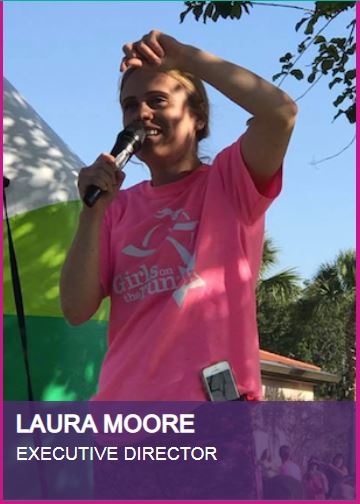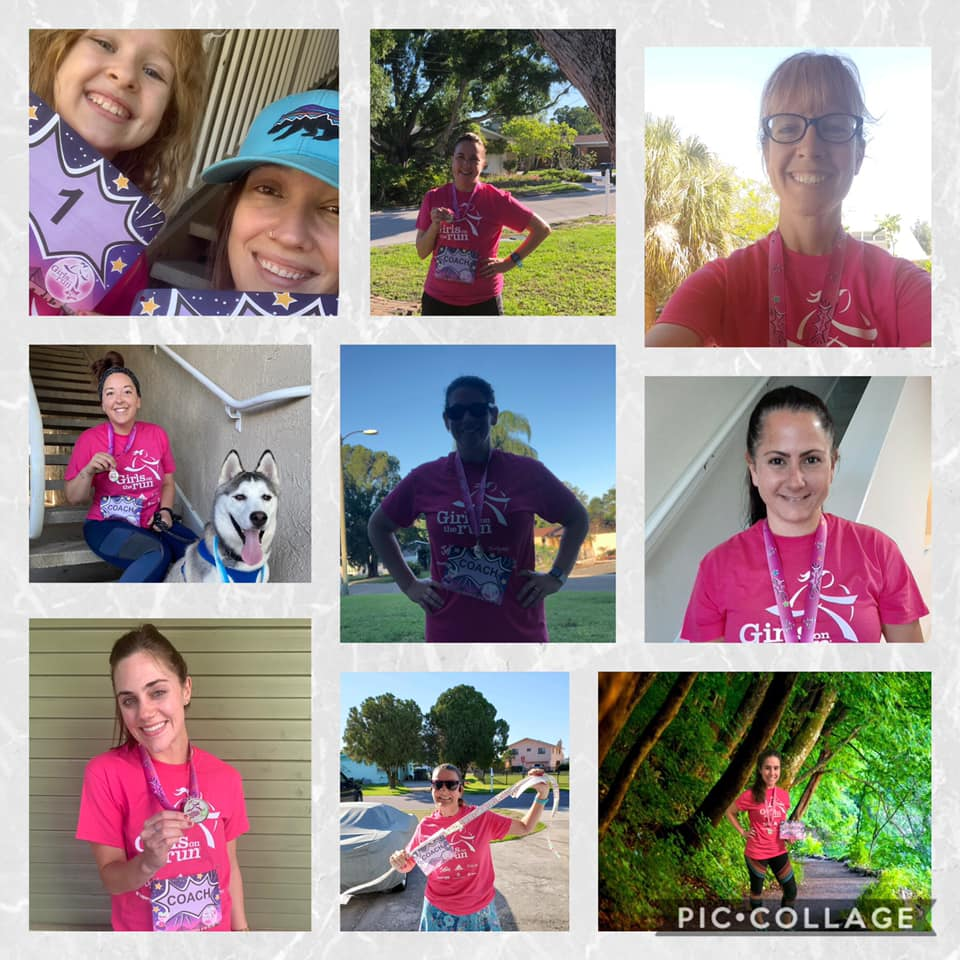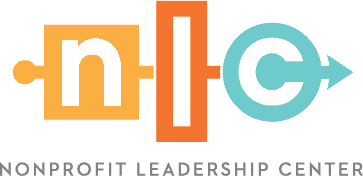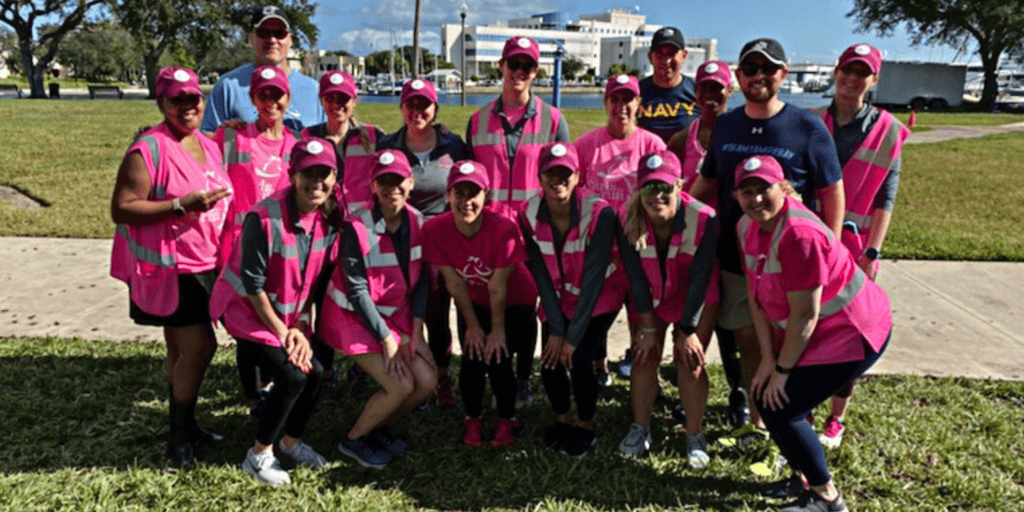Like most nonprofits impacted by COVID-19, Girls on the Run Greater Tampa Bay faced a pivotal challenge — how to deliver a major fundraising event with significant revenue goals and in-person mission programming virtually, all in a matter of weeks. Girls on the Run is a developmental, life-skills program that inspires girls to be joyful, healthy and confident using a fun, experience-based curriculum that creatively integrates running. The program culminates in a Celebration 5K at the end of each season.

Executive Director Laura Moore has been with Girls on the Run Tampa since November of 2013 and has grown the organization’s 5K program from 200 participants to 2,000 runners and 1,500 additional attendees. I had the pleasure of interviewing Laura about her experience transitioning Girls on the Run Tampa’s annual 5K run into a virtual fundraising event during the COVID-19 quarantine. Laura shares how the nonprofit devised a completely new plan and recruited more than 1,200 people from 30 states, raising $20,000 in less than two months. As a Girls on the Run volunteer since 2014, my experience with this organization is one of the main reasons I’ve chosen a career in the nonprofit sector. I hope you’ll enjoy reading about how they hosted a successful virtual fundraising event as much as I enjoyed helping plan and participate in it.
Jess: What was the most challenging part of transitioning from an in-person 5K to a virtual event for more than 2,000 people?
Laura: Time. If we knew all along our 5K event would be virtual, we would have planned differently and been prepared. But everything changed in an instant, making timing an immense challenge. Our event was on May 2, so we had less than two months to pivot. Luckily, with closures and quarantine guidelines rolling out just before spring break, we had that week to think things through and not act on impulse. It was imperative for our team to create a master timeline. We took several days to develop one with the assignments each person would have, the dates they must be accomplished and how all the little things would tie together. Most importantly, we committed to that timeline. As we received more information, we knew there were things we could do differently, but we chose NOT to change any of our plans based on the new information. We knew the way to help our organization and audience move forward was to only change our plan one time, and then execute that plan.
You can watch the virtual event here.
Jess: What were the biggest lessons you learned from shifting so quickly to a virtual event?
Laura: First, something we teach our girls is to “Stop and take a breath.” This has been the best piece of advice for me during this crazy time. Give yourself a grace period or a few days to think through what you need to accomplish and then create a plan — one you can actually commit to and stick to. They say the best exercise is the workout you will actually do. The same applies to hosting a virtual event when that wasn’t what you planned.
Secondly, deliver on your mission. Our mission is to inspire girls to be joyful, healthy, and confident, and we did that. We still gave our girls an avenue that was reflective of our mission and core values. It looked very different than it has in the past, but we got all the girls everything they needed. Our audience embraced the changes, and the parent feedback was extremely positive.
Finally, STEWARD, STEWARD, STEWARD your partners. Talk to them at least once a month, even when there isn’t a global pandemic. That way, when crisis and chaos happen, you’ve already done the work. We were able to retain all of our partners because of the strong relationships we’ve developed with them. We came to them with our new plan and not one of them flinched — they actually thanked us for taking such good care of them.
READ NEXT: How to Fundraise in Uncertain Times
Jess: Speaking of partners, tell us how you handled communications with your event sponsors. How did you deliver on all their expectations through the changes?
Laura: We are extremely proud that we did not lose any major partners by shifting to a virtual event. In fact, we actually secured a new partner.
Stewarding our partners and making them feel connected to our mission and brand is something we’re very intentional about. We have goals for each of our partners, and the partnership works when both of our organizations achieve those goals. We made sure each partner knew exactly how we were delivering the virtual event, and they trusted us because we were transparent about how we were thinking through the event changes and their needs.
Another key to maintaining good relationships with our partners during these event changes was knowing why they chose to partner with us. Was their partnership decision about getting people in their door? Awareness? Education? Or were they more focused on the mission and wanted updates on how girls in the program are doing? Knowing each partner personally and what success means to them is the most important part of our successful stewardship.
Jess: Having volunteered on your race committee for nearly six years, I know Girls on the Run Tampa expects a polished and professional experience. How did you have to adjust your expectations with your new virtual event plan?
Laura: While there was a great deal of chaos, we stuck to our timeline and produced a smooth event. We asked ourselves what people and our partners do at our normal 5Ks and why they do it. Then, we determined how to transition that to a virtual format. For example, our warm-up partner usually performs a live warm-up before the event. We worked closely with that partner to bring a virtual warm-up to participants using Zoom and Facebook Live.
We were also highly intentional with how we utilized our 5K planning committee. Since we couldn’t use them in traditional ways on-site, we activated their thought leadership. We talked through what the experience would look like and discussed what we actually could do. Prior to COVID-19, we had honest conversations about the best ideas and howto best execute them for our audience. That didn’t change this season with our virtual event.

Finally, we leaned on our board of directors hard to activate their networks. The result was 30 states represented at our virtual 5K! That is something we would not have accomplished without our board’s support. We gave them packets, a few ideas and they ran with it (pun intended!). Using our board and volunteer committee’s personal connections and networks to promote our event was a critical factor in our virtual event’s success.


